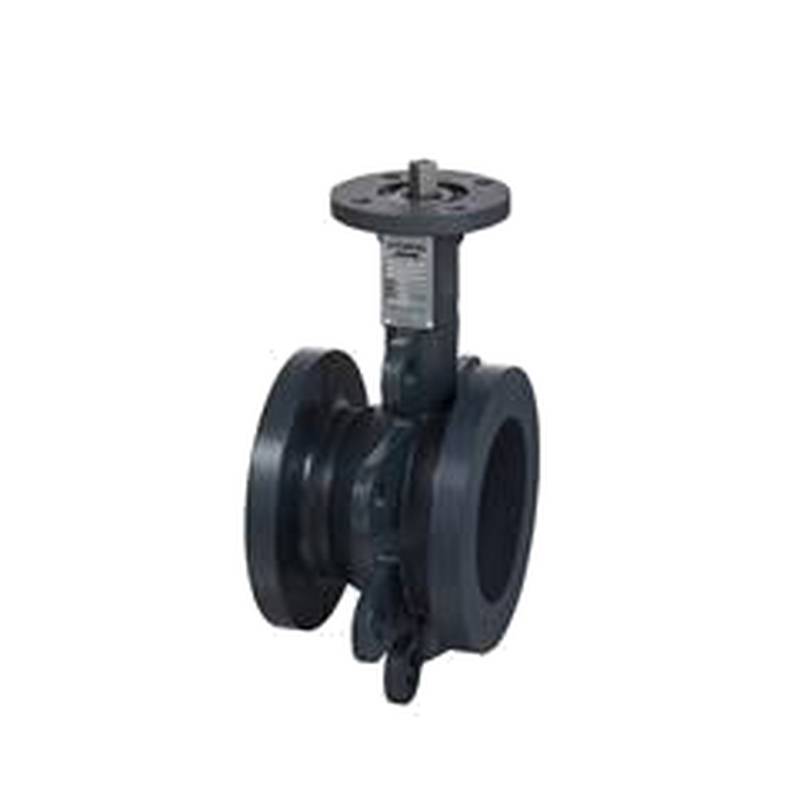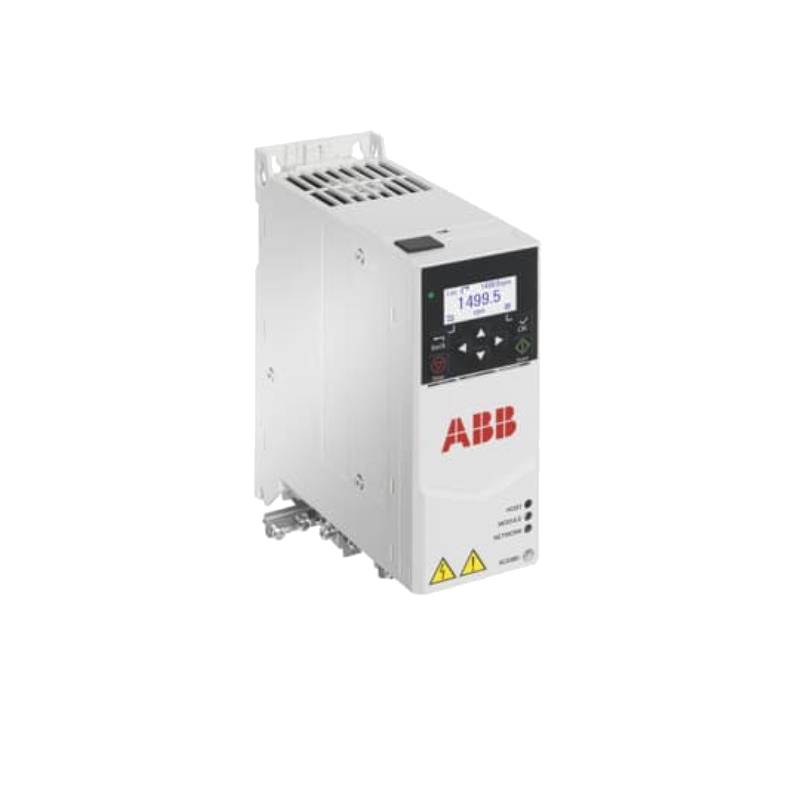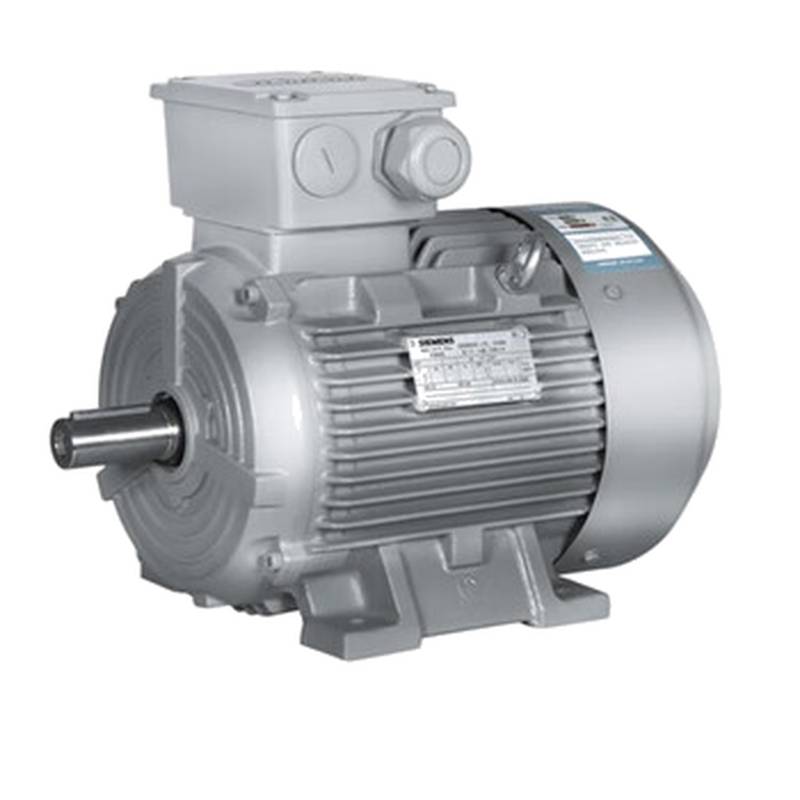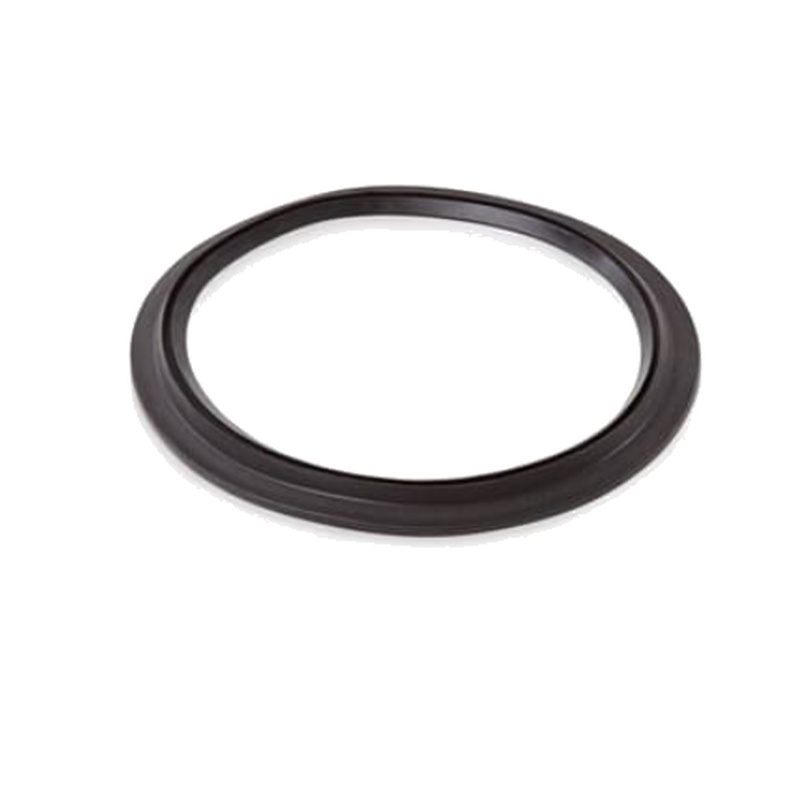
The Delta ECM-E3M-EA1320SSE Safety Precision Positioning Servo System stands as a robust solution for applications demanding exacting motion control. This system integrates advanced safety features with high-precision positioning capabilities, ensuring reliable performance in critical industrial environments. Its core advantages lie in its superior accuracy, rapid response times, and comprehensive safety integration, making it ideal for automated machinery and complex assembly lines. Key technical parameters include a power output typically around 2 kW, with an output current of approximately 13.4 Arms for a 220 VAC supply, and a rated torque of 9.55 N-m for medium inertia motor variants. The system utilizes a 24-bit encoder resolution, guaranteeing highly precise position feedback.
Product Specifications
| Parameter | Value |
| :----------------- | :------------------------------------------ |
| Model | ECM-E3M-EA1320SSE |
| Output Power | 2 kW |
| Output Current | 13.4 Arms (for 220 VAC supply) |
| Rated Torque | 9.55 N-m (Medium Inertia) |
| Voltage | 220 VAC |
| Encoder Resolution | 24-Bit |
| Inertia | Medium/High options |
| Safety Features | STO (Safe Torque Off) integrated |
| Communication | Supports ASDA-Soft configuration software |
Core Features & Market Positioning
The Delta ECM-E3M-EA1320SSE is positioned as a premium safety servo system, emphasizing its integrated safety functionalities, particularly Safe Torque Off (STO). This feature is paramount in modern industrial automation, where personnel safety and operational integrity are non-negotiable. The system's high precision, facilitated by its 24-bit encoder, allows for micron-level positioning, crucial for intricate manufacturing processes. Its compatibility with Delta's ASDA-Soft configuration software streamlines setup and tuning, making it a competitive choice for automation engineers seeking advanced yet manageable motion control solutions. The ECM-E3 series represents Delta's commitment to evolving servo technology, building upon previous generations to offer enhanced performance and safety.
Key Application Scenarios
This servo system excels in applications requiring meticulous motion control and stringent safety protocols. High-end machine tools, automated assembly lines, robotics requiring precise pick-and-place operations, and packaging machinery are prime candidates for the ECM-E3M-EA1320SSE. Its ability to handle complex, multi-axis synchronized movements also makes it suitable for advanced Cartesian robot arms and gantry control systems where accurate path following is essential. The integrated safety features are vital in environments where human-robot collaboration or frequent operator intervention occurs, mitigating risks associated with unexpected machine movements.
Practical System Integration Guidance
Integrating the Delta ECM-E3M-EA1320SSE servo system involves careful consideration of wiring, power, and communication protocols. The system leverages Delta's ASDA-E3 drives, which are supported by the ASDA-Soft configuration software, facilitating parameter setup and diagnostics. Proper wiring of the motor to the drive, including encoder feedback and STO signals, is critical for correct operation and safety engagement. Attention to input power stability, ensuring it remains within the specified 220 VAC range, prevents operational errors and potential damage. Consult the official Delta installation and connection manuals for detailed wiring diagrams and commissioning procedures to ensure seamless integration.
Operation and Risk Mitigation
Safe operation of the Delta ECM-E3M-EA1320SSE hinges on understanding its safety features and potential fault conditions. The STO function prevents unexpected motor startup by disabling power to the motor, a critical safety measure during maintenance or emergency situations. Troubleshooting common issues, such as overcurrent (AL.001), overload (AL.006), or encoder errors (AL.011), requires systematic diagnosis. Overload alarms, for instance, may indicate excessive load or motor bearing issues, necessitating load reduction or motor inspection. Encoder faults often point to wiring issues or a damaged encoder, requiring checks of cable connections and, if necessary, encoder replacement. Adhering to operational limits and performing regular maintenance are key to risk mitigation.
Scalability & Long-Term Value
The Delta ECM-E3M-EA1320SSE offers significant long-term value through its compatibility and potential for integration into broader automation architectures. It is designed to work seamlessly with Delta's ASDA-E3 series servo drives, allowing for system expansion and upgrades. Furthermore, its advanced control capabilities can be leveraged within Industrial Internet of Things (IIoT) frameworks, enabling remote monitoring, predictive maintenance, and data-driven optimization of machine performance. This forward-looking design ensures that the servo system remains a valuable asset as automation technologies evolve, supporting smart manufacturing initiatives and enhancing overall operational efficiency.
Frequently Asked Questions
What are the primary safety features of the Delta ECM-E3M-EA1320SSE?
The primary safety feature is the integrated Safe Torque Off (STO) functionality. This ensures that the motor cannot unexpectedly start or move.
STO directly disconnects power to the motor, preventing dangerous motion during maintenance or emergencies. It's a foundational safety layer for human-machine interaction.
This system also supports other safety protocols through its drive, enhancing overall machine safety compliance.
How does the 24-bit encoder resolution benefit precision positioning?
A 24-bit encoder provides extremely fine granularity for position feedback. This allows for highly accurate motor shaft angle detection.
This high resolution translates to micron-level accuracy in positioning applications, crucial for delicate manufacturing. It minimizes positioning errors and improves repeatability.
The detailed feedback enables smoother motion profiles and better control over complex trajectories.
What are common troubleshooting steps for Delta servo system alarms?
Common alarms include overcurrent, overload, and encoder errors. Each has specific diagnostic paths.
For overcurrent, check motor wiring for shorts and drive output connections. For overload, verify load conditions and motor health.
Encoder alarms typically involve checking cable integrity, connector tightness, and the encoder itself.
Can the Delta ECM-E3M-EA1320SSE integrate with PLCs from other manufacturers?
Yes, Delta servo systems are designed for broad compatibility. They can interface with various PLCs.
Integration usually occurs via standard industrial communication protocols like EtherNet/IP, PROFINET, or Modbus. Specific modules or configurations might be needed.
Consult the drive's communication options and your target PLC's capabilities for successful integration.
What is the typical power output and voltage rating for this servo system?
The Delta ECM-E3M-EA1320SSE typically operates with a 2 kW output power rating. It is designed for a 220 VAC power supply.
This power and voltage combination is suitable for a wide range of medium-duty industrial automation tasks. It balances performance with energy efficiency.
Ensure your power source meets these specifications for optimal system operation and longevity.
How do I perform initial setup and parameter configuration?
Initial setup involves connecting the motor to the drive and configuring basic parameters via software. Use Delta's ASDA-Soft software for this.
Key parameters include motor type, encoder settings, and basic motion profiles. Safety parameters like STO must also be configured.
Always refer to the user manual for specific guidance on initial setup and parameterization.
What are the maintenance requirements for this servo system?
Regular maintenance includes visual inspections for loose connections and cable wear. Keep the system clean and free from dust.
Periodically check motor and drive temperatures during operation to ensure they are within safe limits. Monitor for any unusual noises or vibrations.
Follow the manufacturer's recommended maintenance schedule for periodic checks and component servicing.
How does the Safe Torque Off (STO) feature work?
STO is a hardware-based safety function that immediately removes power from the motor windings. It prevents the motor from generating torque.
When STO is activated, the drive's internal power stage is disabled, ensuring the motor cannot move. This is a prerequisite for safe access to machinery.
STO does not stop the motor; it prevents it from starting. An external brake might be needed for holding position if the motor is stopped.
What are the implications of an AL.011 encoder error?
An AL.011 alarm indicates an encoder fault, meaning the servo drive is not receiving accurate position feedback. This is critical for closed-loop control.
Common causes include loose or damaged encoder cables, connector issues, or a faulty encoder unit itself. Check all physical connections first.
Troubleshooting may involve replacing the encoder cable or, if necessary, the motor with a new encoder.
What types of applications are best suited for the ECM-E3M-EA1320SSE?
This servo system is ideal for high-precision positioning and automated tasks. Think automated assembly, robotics, and CNC machinery.
It's also suitable for applications requiring synchronized multi-axis motion, like complex gantry systems or winding machines.
The integrated safety features make it perfect for areas with human-machine interaction or stringent safety regulations.
























